JanisULT offers the broadest range of helium-3 inserts available on the market.
Users can purchase it as a complete system incorporated with superconducting magnets and a liquid helium dewar, or as an independent insert for incorporation into users’ existing equipment.
Product Category Features
With more than 50 years of experience and a global installation base, JanisULT is an acknowledged leader in the design and development of He-3 ultra-low temperature systems. JanisULT provides the broadest range of standard helium-3 designs available on the market, which means it may already have a design that is appropriate for users’ specific applications.
JanisULT’s staffs of engineers and physicists have elaborate experience in the design and operation of ultra-low temperature systems and are exclusively qualified to help users with every step of their system purchase, right from experimental design through to post-installation support. Users can browse the product information below and contact JanisULT for more queries.
He-3 Magnet Systems
The Helium-3 systems with incorporated magnets offer temperatures of 0.280 K, with a range of samples in vacuum (on a cold-finger), or submerged in a liquid He-3 system. They are delivered with optical access into the low-temperature and high-field region, with optional vacuum load locks that make it easy to exchange samples without disturbing the magnet and the main dewar.
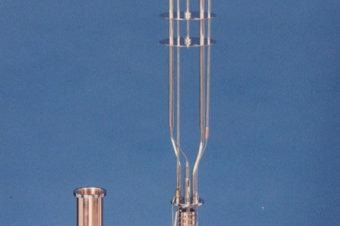
Image Credit: JanisULT
HE-3-SSV
This is a standard loading sample in vacuum model. The HE-3-SSV insert model has been developed for routine sample loading with the sample in vacuum. Generally, the sample is fixed to the bottom of the He-3 pot within the inner vacuum chamber (IVC) can for cooling purposes.
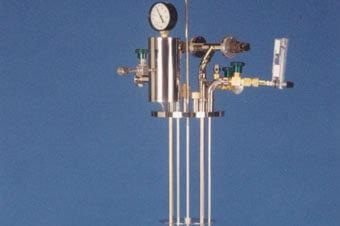
Image Credit: JanisULT
HE-3-SVSD
This is a standard loading, sample in vacuum model meant for storage dewar. The HE-3-SVSD insert model has been developed to accommodate a helium-4 storage dewar with a neck diameter measuring 2.0″ to 3.0″. A unique brass taper seal is used at the IVC to optimize the sample space.
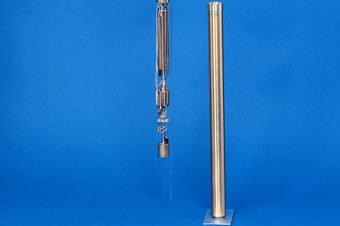
Image Credit: JanisULT
HE-3-SSXGAS
This is a standard loading sample in exchange gas model. The HE-3-SSXGAS insert model has been developed for regular sample loading with a sample in exchange gas. This model He-3 insert has been designed for experiments with unique samples that cannot be locked tightly to the sample holder, like liquid, powder, and highly delicate samples; or for samples that have extremely poor thermal conductivities.
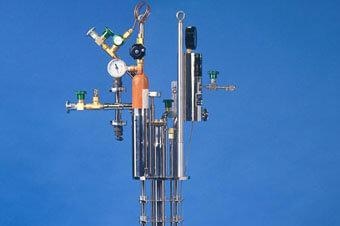
Image Credit: JanisULT
HE-3-SOSV
This is a standard loading, optical sample in vacuum model for FTIR. The model HE-3-SOSV cryostat offers optical access to a He-3 cooled cold finger. It has been developed for regular sample loading with the sample in vacuum. Generally, the sample is fixed to the bottom of the He-3 pot in the cryostat vacuum space and optical windows are set up on the radiation shields and the vacuum shroud.
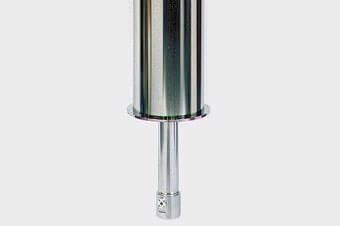
Image Credit: JanisULT
HE-3-SOSV-S
This is a standard loading, optical, sample in vacuum model for FTIR experiments. The model HE-3-SOSV-S is a unique optical cryostat. Optical windows with a normal clear view size of 0.5″ are fixed on the vacuum shroud, together with the liquid helium and liquid nitrogen temperature radiation shields.

Image Credit: JanisULT
HE-3-SVC
This is a standard loading, compact, sample in vacuum model. The HE-3-SVC cryostat version is a small He-3 unit developed for experiments that cannot house the bigger height of the standard units. It is perfect for installing on an optical table and is normally utilized for detector cooling to He-3 temperatures.
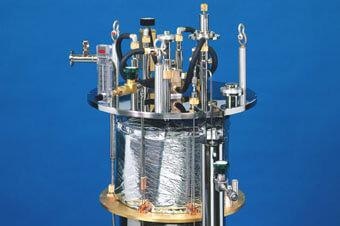
Image Credit: JanisULT
HE-3-SSV-CF
This is a standard loading, continuous flow, sample in vacuum model. The HE-3-SSV-CF model is a constant flow He-3 cryostat. A hermetically sealed mechanical pump is used to distribute the He-3 and cool down the system to the base temperature.
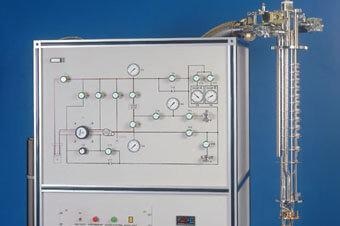
Image Credit: JanisULT
HE-3-TLSL
This version is a top-sample loading and sample in liquid. The model HE-3-TLSL cryostat is a top-loading system that has been developed for rapid sample exchange. The sample is added to liquid. The design makes it easy to remove the sample and directly introduce it into the He-3 pot while the cryostat is still cold.

Image Credit: JanisULT
HE-3-TLOSL
The HE-3-TLOSL cryostat model has optical access to the sample and also allows top-loading of the sample into the cryostat. This helps remove the sample and introduce it into the He-3 chamber while the cryostat is still cold.
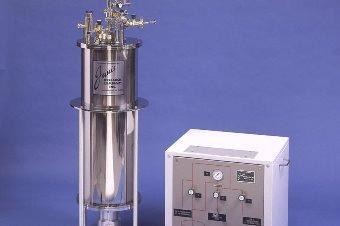
Image Credit: JanisULT
HE-3-TLSL-NMR
This enables top-sample loading, sample in liquid for nuclear magnetic resonance (NMR). The model HE-3-TLSL-NMR is a top-loading system available with sample in liquid He-3. The cryostat has a small design and fits the usual existing NMR magnet systems with a room-temperature bore.
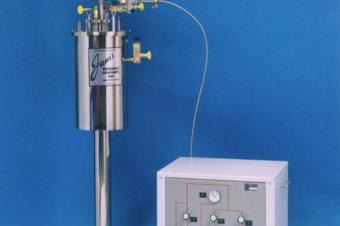
Image Credit: JanisULT
HE-3-TLSV
The HE-3-TLSV model is a top-loading cryostat that helps remove the sample and introduce it into the vacuum sample space when the cryostat is cold.
A unique sample probe and a load-lock with a gate valve are provided with the system. Installed at the top of the cryostat is an easy-to-use force generator, which is utilized to enhance the thermal conductance at the interface present between the He-3 cryostat and the sample probe.
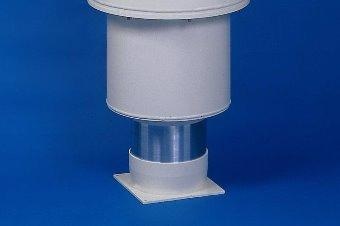
Image Credit: JanisULT
Gas Handling Systems
The gas handling system (GHS) has been developed to work with models HE-3-TLSL and HE-3-TLOSL He-3 cryostats. It includes the following fundamental functions:
- Offers port to pump out and leak check of the He-3 insert
- Offers port to introduce He-3 gas into the insert. The same port will be utilized to remove the He-3 gas from the He-3 insert.
- Offers safety protection when the He-3 insert is under operation
- Preserves He-3 gas when the cryostat is being used
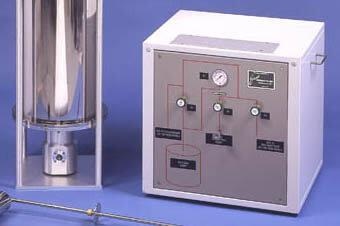
Image Credit: JanisULT